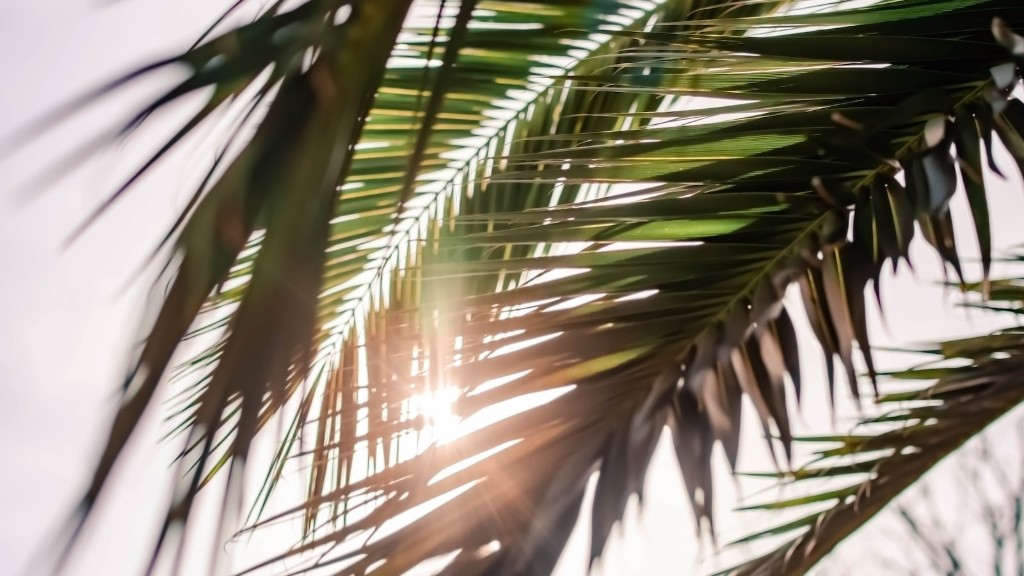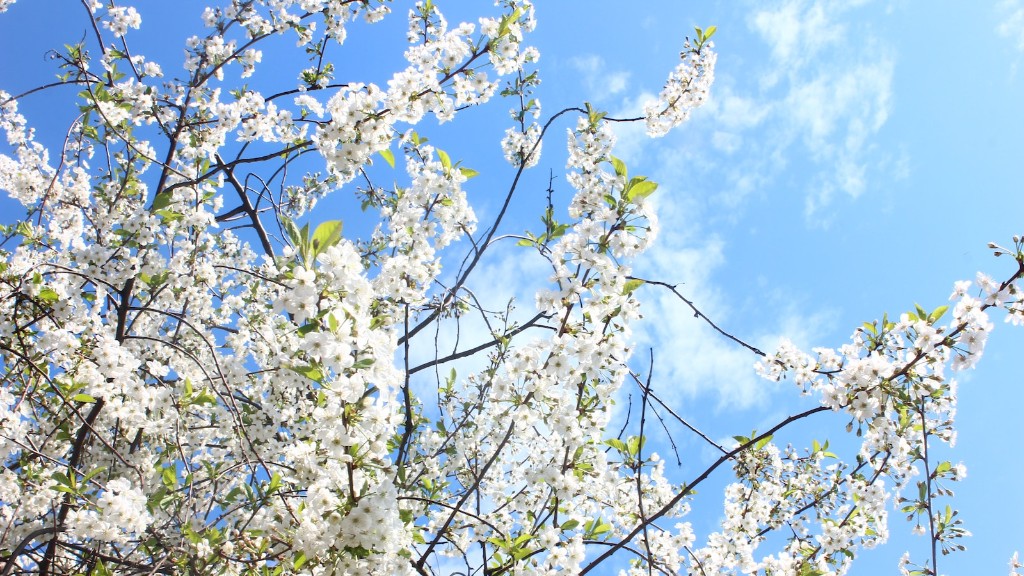Signs and Symptoms
If your palm tree is dripping sap, it can point to a number of issues. The sap droplets are often accompanied by wilting or yellowing leaves, discolored leaf tips, white or yellow spots on fronds, and reduced overall health of the palm tree. The sap is not necessarily a direct indication of a problem, however, and could be an indication of other matters.
Causes
There are several reasons why sap can be dripping from your palm tree. One of the more common issues arises from bacteria. Bacterial infection can be caused by both waterborne and soilborne bacteria that affect the tree’s health by causing an impeded water uptake or an inability of the palm tree to store water. This can cause the tree to start leaking sap from the base, crown, and even leaves.
Additionally, a tree can start to experience sap flow when it lacks essential nutrients or is exposed to extreme temperatures. An insufficient intake of phosphorus and potassium prevents a tree from taking in enough water and hence releases sap. Moreover, saps and gums are released during extreme low or high temperatures to protect the palm tree from dehydration and excessive heat.
Detection
In order to determine the specific cause of your palm tree dripping sap, you would need to inspect the tree closely. Look for any signs of discoloration on the leaves and look for any physical signs of damage such as cracks or missing pieces on the trunk. Additionally, take into account any new environmental conditions that have recently changed such as temperature, irrigation, or fertilizer.
Apart from a visual inspection of the tree, you could also conduct tests such as a soil sample test or a lab test to analyze the health of the soil. These tests would detect any presence of bacteria or lack of essential nutrients that could be causing the issue.
Management
Once the specific cause of your palm tree’s sap leakage is identified, it is important to adhere to proper management strategies. Depending on the cause, there are a range of corrective measures that could be taken to reduce or stop sap leakage. This could include altering environmental factors such as irrigation, providing additional nutrients, controlling bacteria and fungus, or breaking off diseased branches.
It is also important to note that sap leakage can be a positive symptom in certain cases as it indicates a tree’s attempt to self-regulate. Oftentimes, sap flows can take place when temperatures drop drastically and the tree is trying to protect itself. In these cases, it is important to observe the tree’s condition closely to determine whether additional measures should be taken.
Prevention
The best way to prevent sap leakage is to keep your palm tree healthy. Ensure adequate water supply, fertilizer, and mulching, and avoid exposure to extreme temperatures or too much direct sunlight. It is also essential to provide the ideal environment for your palm tree, such as providing good ventilation and avoiding overcrowding.
Additionally, it is important to carry out regular inspections to detect any early signs of problems, and to prune diseased or unhealthy branches to keep the tree healthy and balanced. By taking these initiatives and properly managing your palm tree, you can reduce the chances of sap leakage in the future.
Professional Assistance
For more severe cases of sap leakage or if you are unsure of how to prevent sap leakage in your palm tree, it may be worth enlisting the help of a professional horticulturist or arborist who can assess the health of your tree, provide the appropriate advice, and recommend any corrective measures that may need to be taken in order to remedy the problem.
Summary
Palm tree sap can be caused by bacterial infection, insufficient nutrients, or exposure to extreme temperatures. In order to reduce or stop sap leakage, you should inspect the tree closely, keep it healthy, and consider professional assistance when needed.


